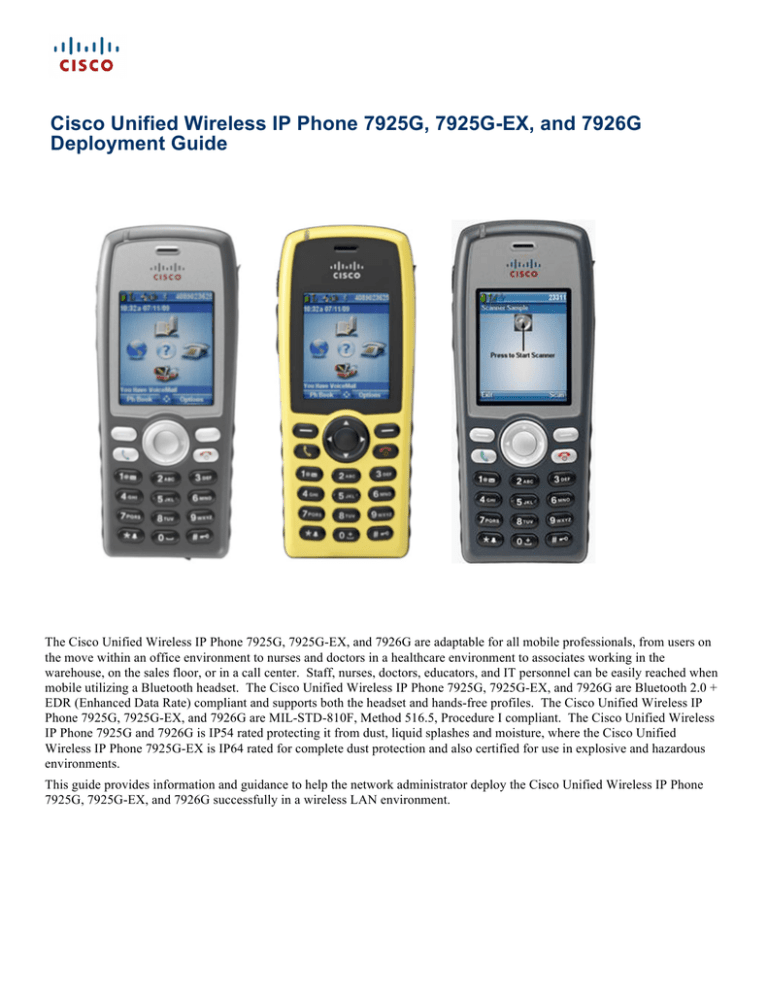

- #BENEFITS OF UPGRADING TO CISCO CUCM 8.6 TO 11.0 HOW TO#
- #BENEFITS OF UPGRADING TO CISCO CUCM 8.6 TO 11.0 UPGRADE#
- #BENEFITS OF UPGRADING TO CISCO CUCM 8.6 TO 11.0 SOFTWARE#
- #BENEFITS OF UPGRADING TO CISCO CUCM 8.6 TO 11.0 LICENSE#
The following table highlights supported upgrade paths to upgrade to 12.5(x) releases of Cisco Unified Communications Manager For details, see Run Upgrade Readiness COP File (Pre-upgrade). You can obtain versioning by running the Pre-upgrade Upgrade Readiness COP File. From Release 10.x forward, VMware became mandatory. VMware was introduced as an optional deployment in Unified CM 8.x and 9.x. Pre-upgrade versions for Cisco Unified Communications Manager and the IM and Presence Service That your current system uses, you can begin planning your upgrade. The only option is a direct upgrade to a later release that supports PCD migration followed by a PCD migration to the currentĮxample: Any upgrade from a pre-6.1(5) Unified CM or a pre-8.5(4) Cisco Unified IM and Presence.įor details, see Upgrading from Legacy Releases.īefore you begin the upgrading, take a record of the versioning within your current system setup. The following tool is used to complete migrations:Ī legacy release is a release that is so old that no direct upgrade or direct migration path exists to the current release. Upgrade path complexity factors such as duration, service impact, and a short outage window. "Virtual to Virtual (V2V)" migration, where even if a direct upgrade path exists, direct migration is preferred to mitigate The desired upgrade requires a direct upgrade path that does not exist for the source release.Įxample: Unified CM 8.5(1) on ESXi to 12.5(x) on ESXi-no direct upgrade path exists making a migration mandatory. The desired upgrade requires you to change the infrastructure hardware and platform.Įxample: Upgrades from Unified CM 8.5(1) on MCS 7800 HW to 12.5(x) on ESXi involves a mandatory migration due to the HW switch (mayīe referred to as a "Physical to Virtual (P2V migration)" in a virtualization context). The following tools are used to complete refresh upgrades:Ī migration involves moving your system from one infrastructure platform to another. This would typically be used if you're upgrading from one major-minor release to another where the OS isĮxample: Upgrades from 11.5(1) or 12.0(1) to 12.5(1)
#BENEFITS OF UPGRADING TO CISCO CUCM 8.6 TO 11.0 SOFTWARE#
The following tools are used to complete standard upgrades:Ī direct refresh upgrade is a direct upgrade where you need to upgrade both the application software and the underlying operating Release category, where the OS is the same for both releases.įor release 12.5 or higher, direct standard upgrades have substantially improved durations, simpler procedures and reducedĮxample: Upgrades from 12.5(1) to 12.5(1)SU1.įor standard upgrades where the preupgrade release is 12.5(1) or later, you can use the simplified clusterwide upgrade to This is usually the simplest form of upgrade and would typically apply to upgrades from within the same major-minor IM and Presence Service and the upgrade tools that you can use to complete the upgrade.Ī standard upgrade is a direct upgrade where you need to upgrade the application software, but not the underlying operating The following table explains the types of upgrades that you can complete with Cisco Unified Communications Manager and the Use the procedures in this book as a starting point for all upgrades and migration paths.
#BENEFITS OF UPGRADING TO CISCO CUCM 8.6 TO 11.0 HOW TO#
The procedures in this book describe how to upgrade Cisco Unified Communications Manager and the IM and Presence Service fromĪn earlier version to the current version. Pre-upgrade Tasks-Deactivate TFTP services

Removed the followings sections from respective chapters as we need not perform them for upgrade scenarios:
#BENEFITS OF UPGRADING TO CISCO CUCM 8.6 TO 11.0 LICENSE#

Unified Communications Manager License Requirements.



 0 kommentar(er)
0 kommentar(er)
